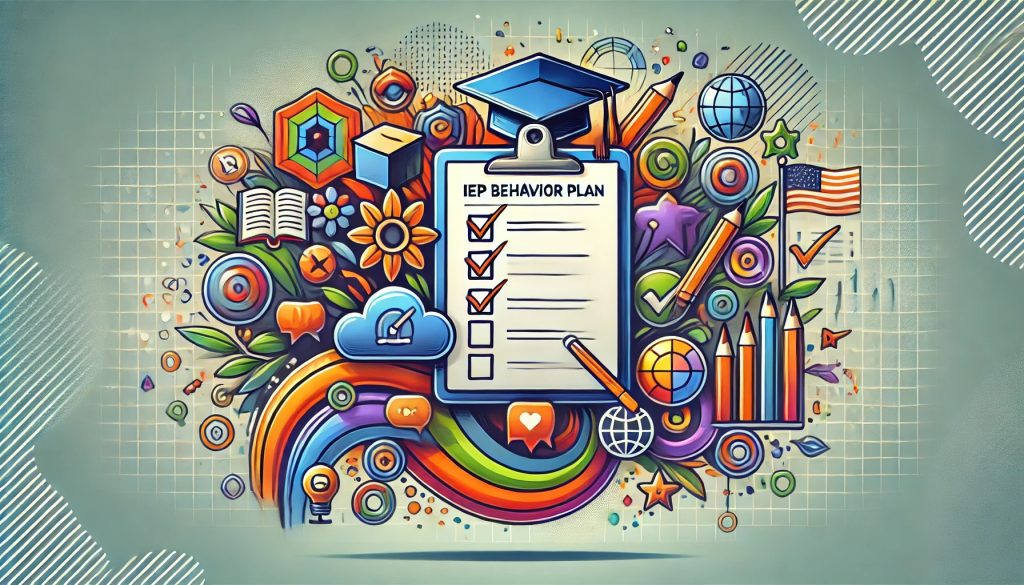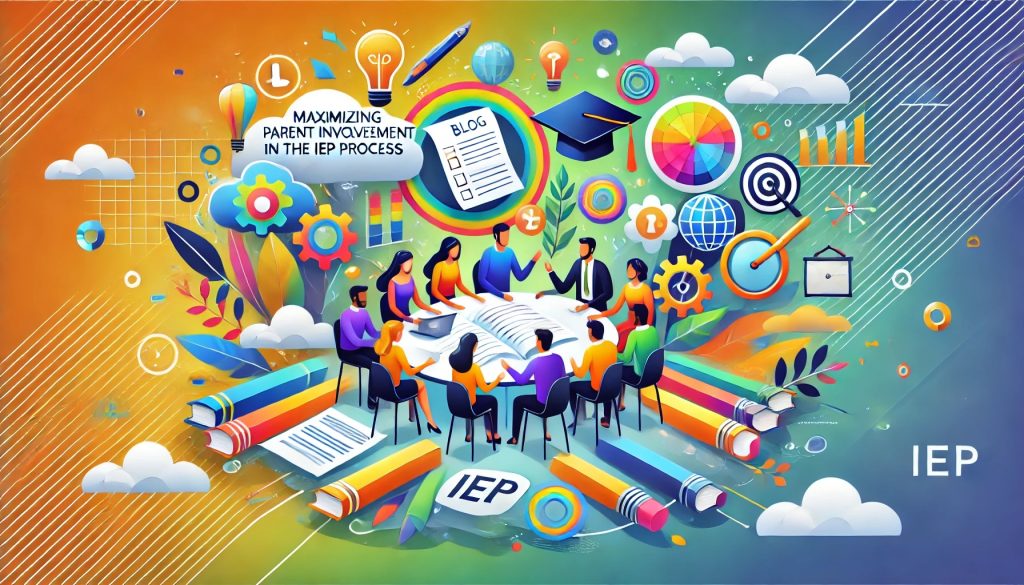Introduction
Ensuring accurate transcript translation is crucial for maintaining reliable student records. This process guarantees that students transferring from international schools are correctly placed, reflecting their true academic achievements. Accurate transcript translation is vital for their academic success and future opportunities.
At Zing Translations, we understand the importance of this task. Our team has over 15 years of expertise in educational translations. We combine human expertise with advanced AI tools to deliver precise and culturally appropriate translations. Our specialized approach helps educational institutions navigate the complexities of international transcript translation.
What is a Transcript Translation?
Transcript translation involves converting academic records from one language to another, ensuring that all information is accurately represented. This type of translation is essential for students moving between different educational systems, enabling their academic achievements to be recognized and understood in their new environment.
Unlike other forms of translation, transcript translation requires a deep understanding of educational terminology and grading systems. It is crucial to maintain the original context and meaning of the document, ensuring that nothing is lost in translation.
The Importance of Accurate Transcript Translation
Accurate transcript translation is essential for several reasons. Firstly, it ensures that students are placed at the correct academic level, preventing potential setbacks or unnecessary repetitions. Proper placement allows students to build on their existing knowledge and progress smoothly in their education.
Moreover, accurate translations are crucial for legal and administrative purposes. Educational institutions rely on precise student records to comply with regulations and provide necessary documentation for various processes. Ensuring the reliability of translated transcripts is, therefore, paramount for both academic and administrative success.
Common Challenges in Transcript Translation
Translating transcripts comes with its own set of challenges. One significant difficulty is understanding and converting different grading systems and educational structures. Countries have diverse educational frameworks, making it challenging to standardize evaluations.
Language barriers also pose a significant challenge. Transcripts in foreign languages require precise translations to ensure accurate interpretation of academic achievements. Using qualified translators is essential to maintain the integrity of the original documents, preventing misinterpretations that could affect student placement.
Zing Translations’ Approach to Transcript Translation
At Zing Translations, we offer a robust approach to transcript translation. Our team of experts specializes in educational translations, ensuring that all student records are handled with precision. We leverage a combination of human expertise and AI-driven tools to provide accurate and reliable translations.
Our unique selling proposition lies in our ability to deliver translations that retain the context and meaning of the original content. With our extensive experience in the educational sector, we ensure that every translation is accurate, easy to understand, and culturally appropriate. This detailed attention to context helps educational institutions use these records effectively.
Best Practices for Educational Institutions
Establishing Clear Procedures
Establishing clear and well-defined procedures for transcript translation is essential for maintaining consistency and accuracy. Schools should outline the roles and responsibilities of staff members involved in the translation process. Having a structured approach ensures that every transcript is reviewed thoroughly and systematically.
These procedures should include guidelines for document verification, translation requirements, and criteria for grade conversion. By setting clear standards, educational institutions can ensure that all transcripts are evaluated uniformly, reducing the risk of errors and inconsistencies.
Training Staff
Training staff involved in the transcript translation process is crucial. Providing comprehensive training helps staff understand the importance of accurate translations and equips them with the necessary skills and knowledge. This training should cover various aspects of the translation process, including document verification, translation practices, and grade conversion.
Regular training sessions ensure that staff stay updated with the latest practices and tools. This continuous improvement helps institutions adapt to new challenges and changes in international education systems, ensuring the accuracy and reliability of student records.
Tools and Resources for Transcript Translation
Educational institutions can benefit from various tools and resources to streamline the transcript translation process. These resources include country-specific grading guides, translation services, and credential evaluation services. Utilizing these tools ensures that translations are conducted accurately and efficiently.
| Tool/Resource | Description |
| Country-specific guides | Detailed guides for converting grades from various educational systems. |
| Translation services | Professional services for translating academic records accurately. |
| Credential evaluation services | Organizations like WES that provide recognized evaluations of foreign qualifications. |
Understanding Different Educational Systems
To effectively translate foreign transcripts, it is important to understand the educational systems of various countries. Each country has unique grading scales, curriculum structures, and academic standards. Familiarizing oneself with these differences helps in accurately converting grades and recognizing equivalent qualifications.
For example, a grade of “Muy Bueno” in Colombia might correspond to a “B” in the U.S. grading system, while a “Sehr Gut” in Germany might translate to an “A”. Understanding these nuances ensures that the translations are fair and consistent. You can use tools like the UNESCO International Bureau of Education to explore different global education systems.
The Role of Technology in Transcript Translation
Leveraging technology is essential in modern transcript translation processes. Advanced tools such as AI-powered translation software and digital grade conversion calculators can significantly improve the efficiency and accuracy of translations. These tools help streamline the process, reducing the potential for human error and ensuring consistent results.
At Zing Translations, we use cutting-edge AI technology to assist our expert translators in delivering precise and reliable translations. This integration of technology and human expertise allows us to handle large volumes of transcripts efficiently while maintaining the highest standards of accuracy.
Collaborating with Professional Translation Services
Partnering with professional translation services like Zing Translations can greatly benefit educational institutions. Our team of experienced translators specializes in educational documents, ensuring that all transcripts are translated accurately and contextually. By outsourcing this critical task, schools can focus on other important aspects of student administration.
Professional translation services provide an added layer of assurance, as they are equipped with the necessary tools and expertise to handle complex and diverse educational records. Our meticulous approach ensures that all translations are thorough and precise, maintaining the integrity of the original documents.
Maintaining Confidentiality and Security
Protecting the privacy and confidentiality of student records is paramount in the transcript translation process. Educational institutions must implement strict protocols to safeguard sensitive information. This includes secure handling of documents, limiting access to authorized personnel, and adhering to data protection regulations such as FERPA in the United States.
Zing Translations prioritizes confidentiality in all our operations. We have robust measures in place to ensure that all student records are handled securely, maintaining the trust and confidence of our clients. Our commitment to privacy ensures that sensitive information is protected throughout the translation process.
Future Trends in Transcript Translation
The field of transcript translation is continually evolving, with new technologies and methodologies emerging to improve accuracy and efficiency. Future trends include the increased use of AI and machine learning to automate various aspects of the translation process, reducing the time and effort required.
Additionally, there is a growing emphasis on creating standardized evaluation frameworks that can be universally applied, making it easier to compare and validate educational records from different countries. Staying abreast of these trends ensures that institutions can adapt and remain efficient in handling international student records.
Feedback and Continuous Improvement
Regular feedback and continuous improvement are vital for maintaining high standards in transcript translation. Educational institutions should establish mechanisms for collecting feedback from staff, students, and parents to identify areas for improvement. This feedback can help refine translation procedures and enhance overall accuracy.
At Zing Translations, we are committed to continuous improvement. We regularly review our processes and incorporate feedback to ensure that our services remain top-notch. This commitment to excellence ensures that we consistently deliver high-quality translations and evaluations.
Regulatory and Compliance Considerations
Adhering to regulatory and compliance standards is crucial in the translation of foreign transcripts. Educational institutions must ensure that their translation processes comply with national and international regulations. This includes following guidelines set by educational authorities and accrediting bodies, such as NACES.
Zing Translations is well-versed in the regulatory requirements for transcript translations. Our team stays updated with the latest standards and ensures that all translations are conducted in compliance with relevant regulations. This adherence to standards guarantees that our translations are recognized and accepted.
Conclusion
Accurately translating foreign transcripts is essential for maintaining reliable and comprehensive student records. By following a structured and thorough translation process, educational institutions can ensure that students are placed appropriately, reflecting their true academic achievements. Partnering with professional translation services like Zing Translations can significantly enhance the accuracy and efficiency of this process.
For exceptional translation services and accurate transcript translations, contact Zing Translations. Our team of experts is ready to assist you in ensuring that all student records are reliable and precise. Trust us to handle your educational translations with the utmost care and professionalism.
Addressing Common Questions
How can I translate my transcript to English?
To translate your transcript to English, you should start by obtaining an official copy of your transcript from the issuing institution. Next, you can use a certified translation service like Zing Translations to ensure that the translation is accurate and retains the original meaning and context.
Should transcripts be translated?
Yes, transcripts should be translated if the student is moving to a different country where a different language is spoken. Accurate translation of transcripts ensures that the student’s academic achievements are correctly understood and recognized in the new educational system.
Can I translate an academic transcript?
While it is possible to translate an academic transcript yourself, it is highly recommended to use a professional translation service. Certified translators have the expertise to ensure that the


